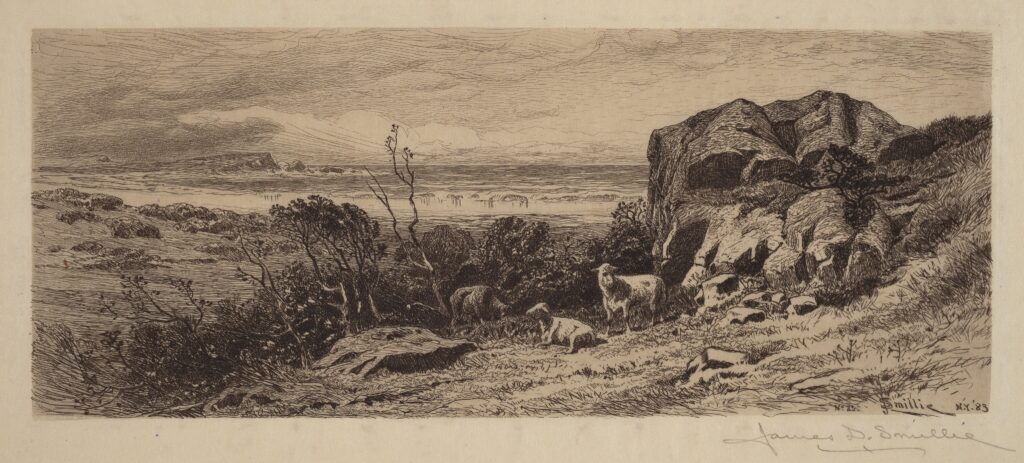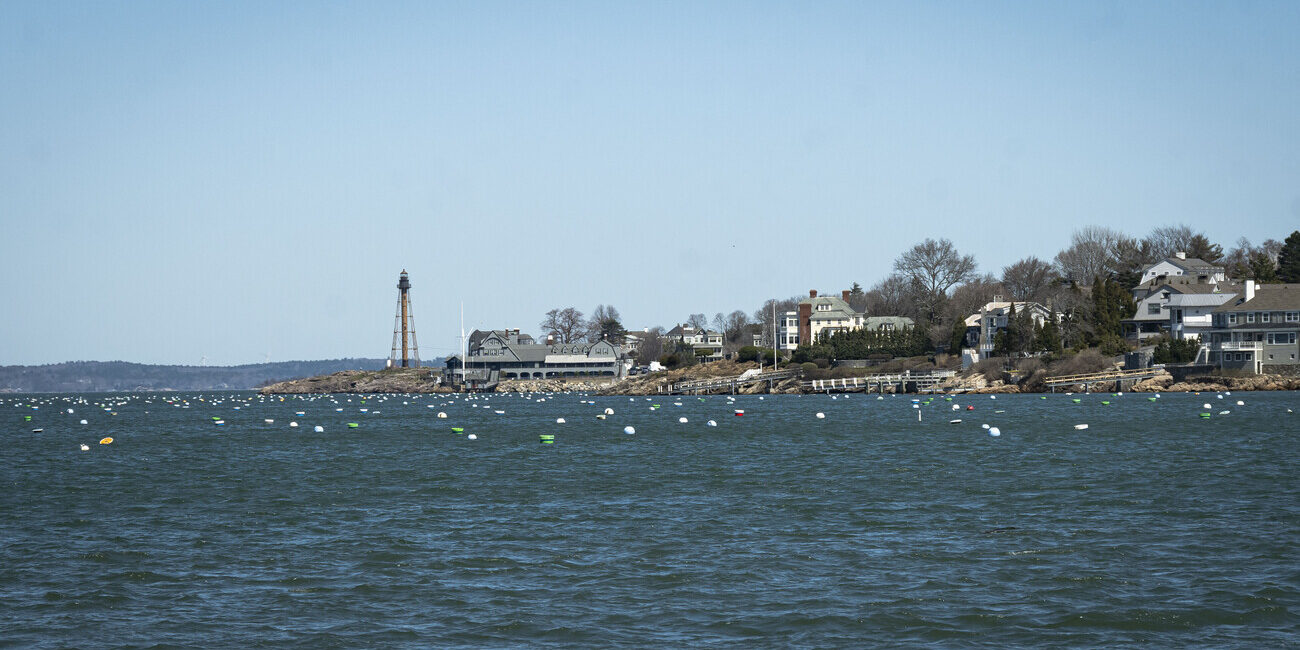Every head needs a neck to support it – even Marblehead.
Marblehead Neck was not always the highly-desirable spot it is today. It long sat relatively empty, with few, if any, permanent settlements through history until European settlement.
According to a document from the Massachusetts Cultural Resource Information System (MACRIS), the Neck’s location made it vulnerable to destructive storms, which deterred many from laying down roots. The first recorded development on the Neck was John Andrews’ farm in the late 1700s, according to MACRIS.
But perhaps the most famous name when it comes to property on the Neck is Ephraim Brown. Brown, who lived from 1796 to 1861, hailed from Ipswich. While by profession he was a farmer, his name is in the history books for the sheer amount of Marblehead property he owned.

To put things into perspective, by 1830, out of the nearly 300 acres that make up the Neck, Brown owned around 250 acres.
After his death in 1861, Brown left much of his estate to his heirs in a will executed by William Fabens, William Humphreys Jr., and Horace Ware in order to benefit his children and other descendants.
The largest ticket item in the will was Brown’s “Neck farm,” as it is called in the MACRIS document. Though the specific measurements of the plot are unknown, it had been appraised for $25,000 in 1863. Twenty years later, the property was worth $151,000.
Another inheritor was James J.H. Gregory, a seedman. In April 1879, Gregory acquired part of Brown’s land and subsequently subdivided it into 51 residential lots.
In 1868, seven men from Nashua, N.H. purchased land on the Neck from Gregory and divided it amongst themselves. This was the moment when development on the Neck started to take off.
On a 1872 map of the town, the Neck is called “Nashua Village” and has a label for “summer residences,” and an 1883 Boston Herald article identified 19 summer house occupants. In 1888, The Boston Globe listed 95 summer residences, 66 of which were owner-occupied while the other 29 were rented.
Contemporaneously, hotels and yacht clubs claimed their spot on the Neck. Namely, these were the Atlantic, Samoset, and Nanepashemet hotels and the Eastern and Corinthian yacht clubs.
But if we go back before the development, before the subdivisions, even before Brown had died, there was the building of one of the most iconic features of Marblehead.
In 1835, the U.S. government purchased approximately three acres on the tip of the Neck from Brown and Joseph W. Green, founding director and first president of the Grand Bank. It was here that the government would erect the Marblehead Light.

